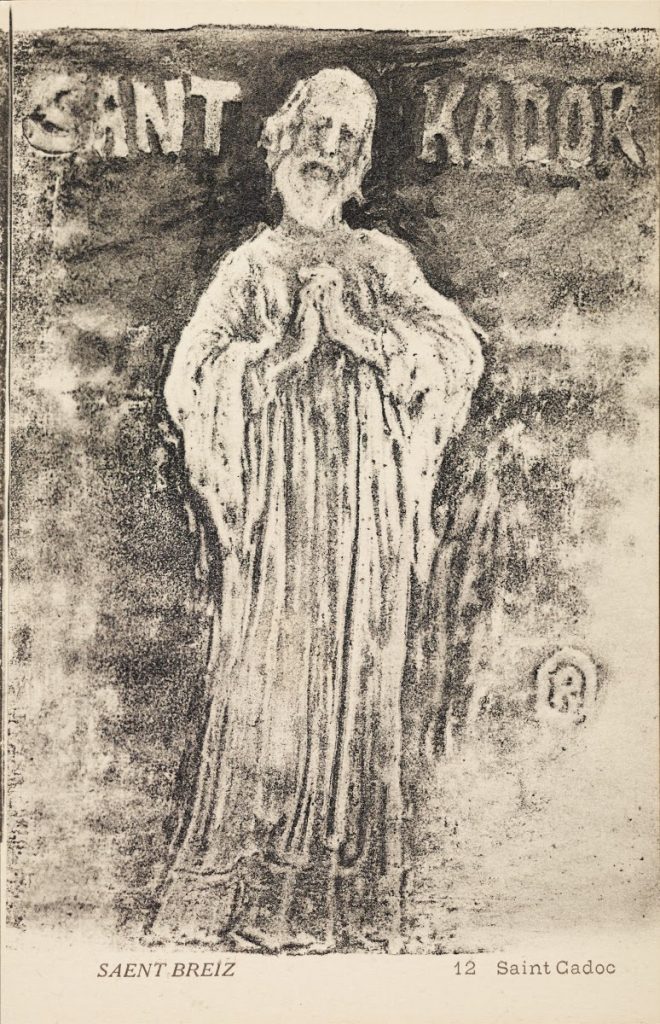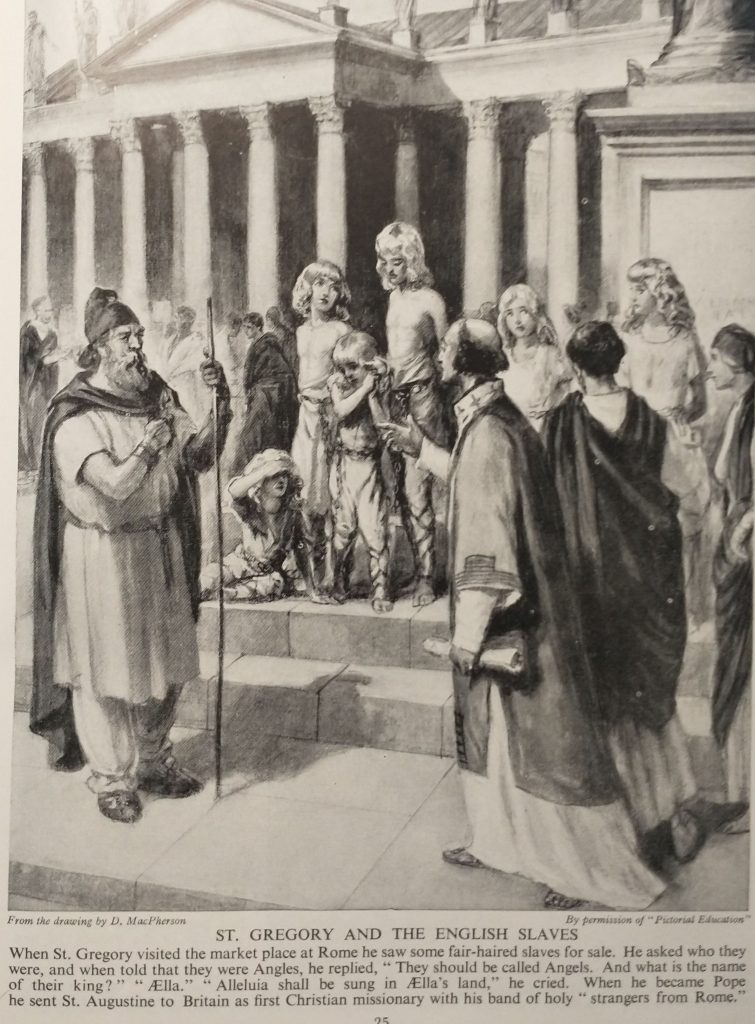
St Gregory the Great
Gregorius I is known as Saint Gregory the Great. Pope from 3 September 590 to his death on 12th March 604. So 12th March is traditionally his feast day. It was changed to September 3rd, the date of his elevation to Pope because 12th March was often in Lent.
His is the 2nd most popular name for Popes. This is the top 18. I guess St Peter was too hard an act to follow, but then there are 6 Pauls?
- John (23),
- Gregory (16),
- Benedict (16),
- Clement (14),
- Leo (13),
- Innocent (12),
- Pius (12),
- Stephen (9),
- Urban (8),
- Alexander (7),
- Adrian (6),
- Paul (6),
- Sixtus (5),
- Martin (5),
- Nicholas (5),
- Celestine (5),
- Anastasius (4),
- Honorius (4).
- Source: https://conclaveblog.wordpress.com
St Gregory is the patron saint of musicians, singers, students, and teachers. It is traditionally believed he instituted the form of plainsong known as Gregorian Chant. He was a formidable organiser and reformer. He made changes that helped the Catholic tradition survive Arian and Donatist challenges. To read more about the Arian Heresy look at my post on St. Hilary and the Arians.
In the UK St Gregory is venerated with St Augustine for bringing Christianity to the largely pagan Anglo-Saxons. The caption to the illustration above tells the story of how he came to send a mission to the pagan Angles in Briton. It includes his two most famous puns, riffing on the similarity of the words Angles/Angels and Aella/Alleluia. But in between these two he also punned on the name of Aella’s kingdom. This was called Deira which later joined with Bernicia to become the Kingdom of Northumbria. St Gregory said he would save them from the wroth of God which is ‘de ira’ in Latin. The ire of God.
St Augustine’s Mission
In 597AD St Gregory sent St Augustine to Canterbury. His mission to convert the Germanic peoples of the former Roman Province of Britannia. Canterbury was chosen because its King was the ‘Bretwalda’ of Britain. This enigmatic title was given to Britain’s most powerful King. At the time, it was Ethelbert of Kent. He, was married to Bertha, a French Princess already a Christian. So, it was a relatively safe haven for St Augustine’s mission. The King was baptised, shortly, after in Canterbury.
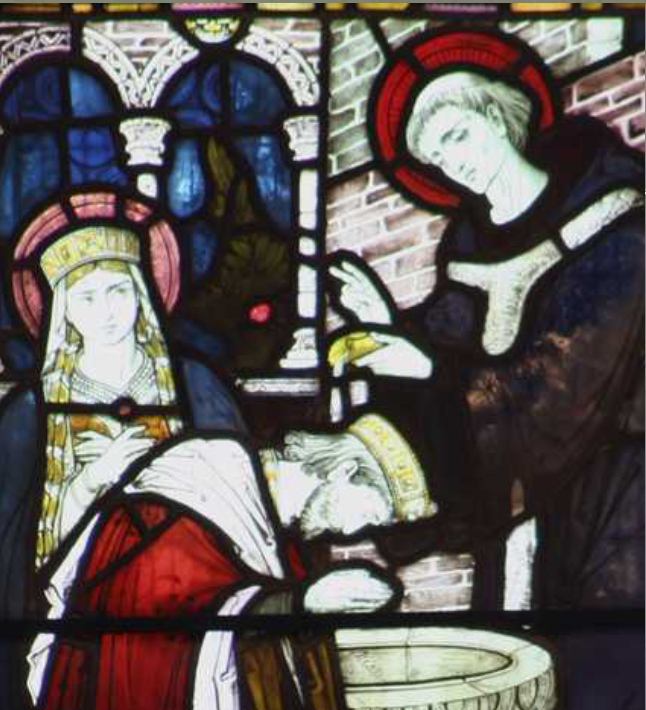
Archbishop of London?
The mission came with a plan to recreate the ecclesiastical arrangements set up in the Roman period. From the early 4th Century there were archbishops in the two main capitals at London and York. After Kent was converted, St Augustine sent St Mellitus to London. London was part of the Kingdom of Essex, ruled by St Ethelbert’s nephew, Sæberht. Mellitus established St Pauls Cathedral in AD604 in London. St Paulinus was sent to convert Northumbria and established a Cathedral in York.
Unfortunately, for the plan, Sæberht died. His sons returned to paganism and Mellitus was kicked out. He returned to Canterbury, where he, eventually became Archbishop. Ever since we have had an Archbishop of Canterbury and York and never had an Archbishop of London.
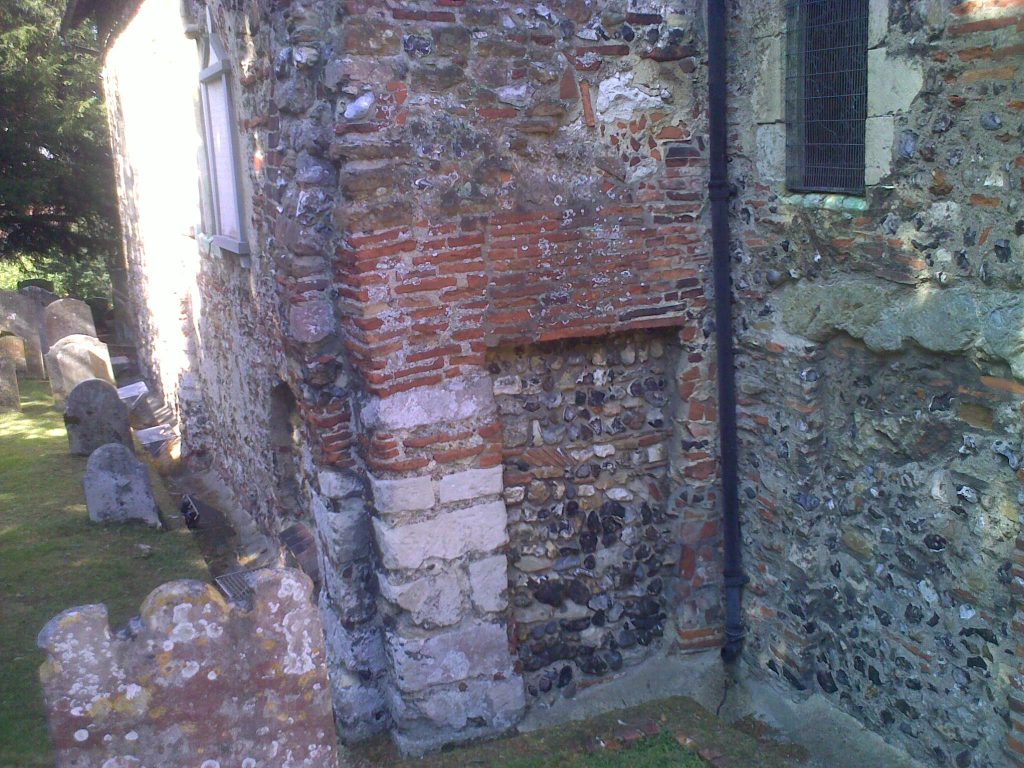
St Gregory and England
It is possible to argue (and I do) that St Gregory’s encounter with the Angles is why we are called English. He sent St Augustine to set up the Church of the Angles, not the Church of the Saxons. Saxon was the normal name used by the Romans for Germanic barbarians. The old Roman province of Brittania was by now divided into 3 Saxon Kingdoms. Essex, Wessex, and Sussex. (East, West, and South Saxons). 3 Anglian Kingdom, Mercia, East Anglia and Northumbria. (Middle, East and North Angles). And Kent, which the Venerable Bede says was a Jutish King of Germans from Jutland. These Kingdoms were often at war. After the attacks of the Vikings were beaten back and the conquered Kingdoms were ‘liberated’. The united Kingdom became known as Angeland or England. The Church of England had made the term Anglish/English became a unifying term to unite Angles, Saxons and Jutes. Otherwise, the ‘liberated’ Angles and Jutes would have to swallow being part of Greater Wessex, rubbing in their loss of independence.
St Gregory in Amsterdam
On a visit to Amsterdam and the Rijksmuseum I came across this painting which features Pope Gregory the Great. He is in the left hand part of the Triptych, shown in green kneeling down. It shows Utrecht in the background.
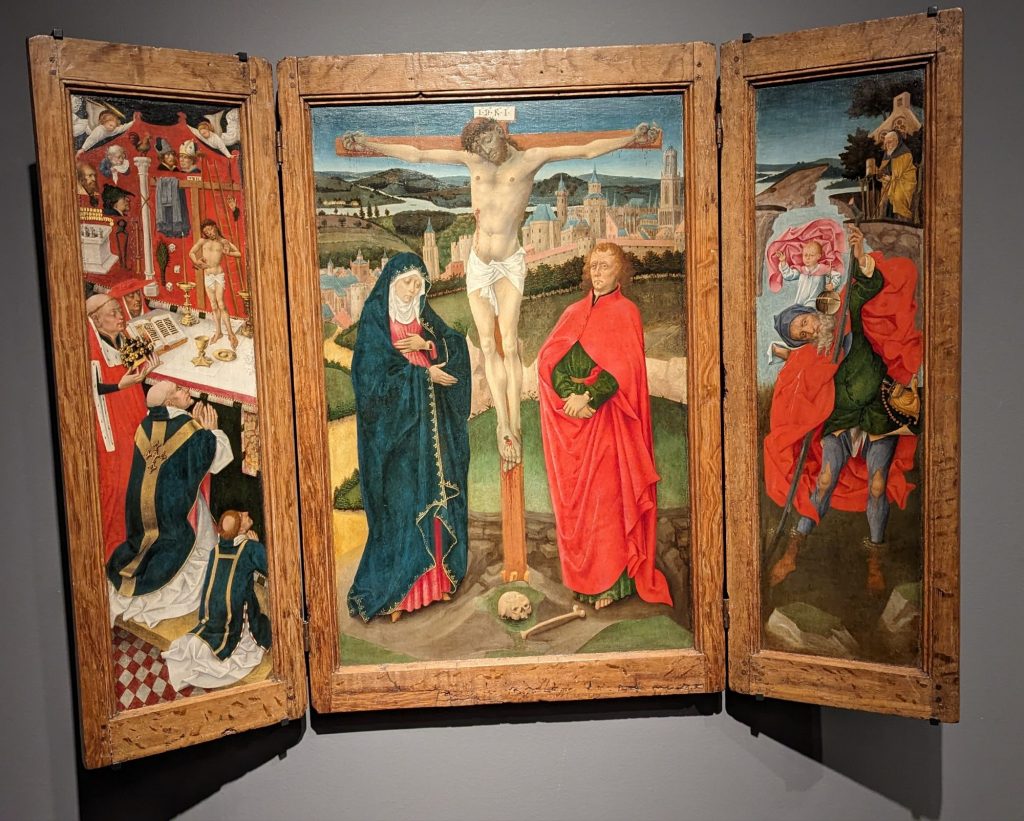
What is fascinating is all the paraphernalia of the Crucifixion above Gregory’s head. You’ll see 30 pieces of silver, dice to decide who gets Jesus’ robes, flails and torture devices, sponge and spear etc. Close up below.
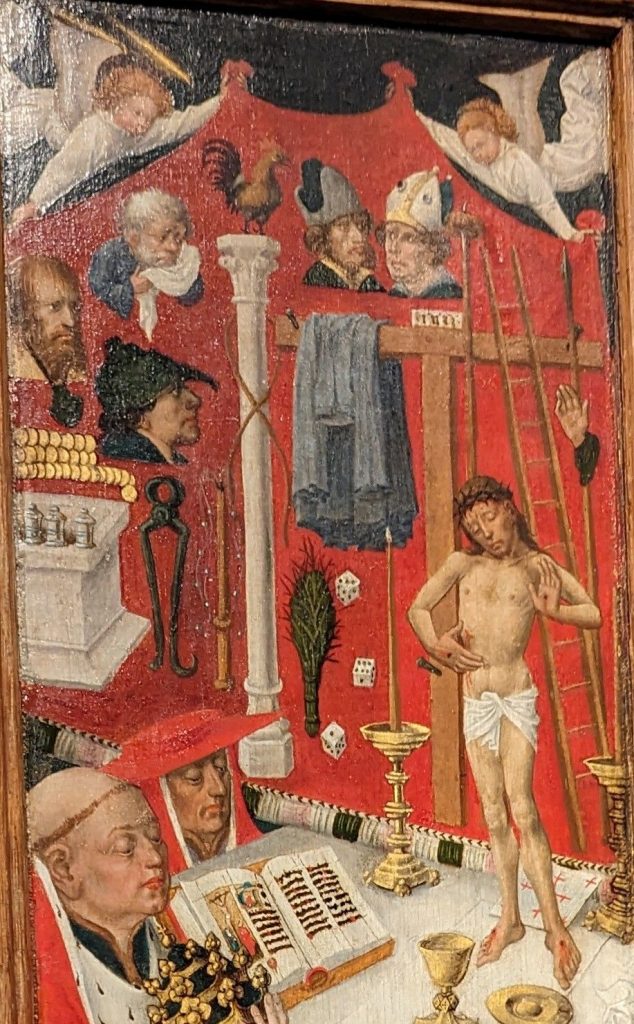
For King Ethelbert’s Feast Day see my post: st-wapburga-and-st-ethelbert-of-kents-day
Lazy Day in Anglo-Saxon Times
In the Laws of King Alfred the Great, this day was a day off for freemen. I will be writing about Days off in the Anglo Saxon Calender on August 15th.
First published in 2024, republished in 2025

